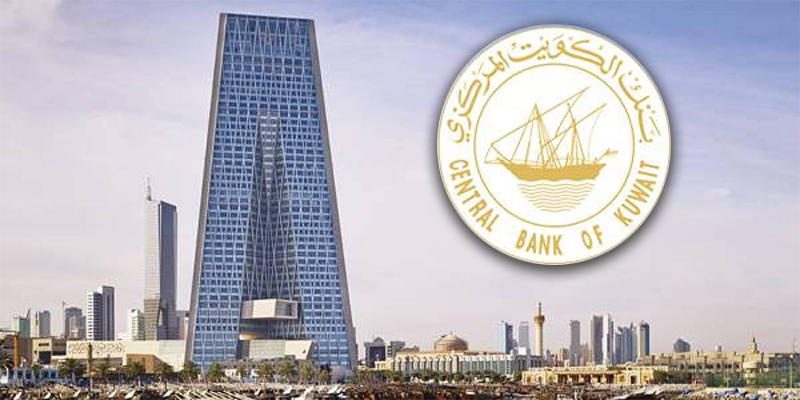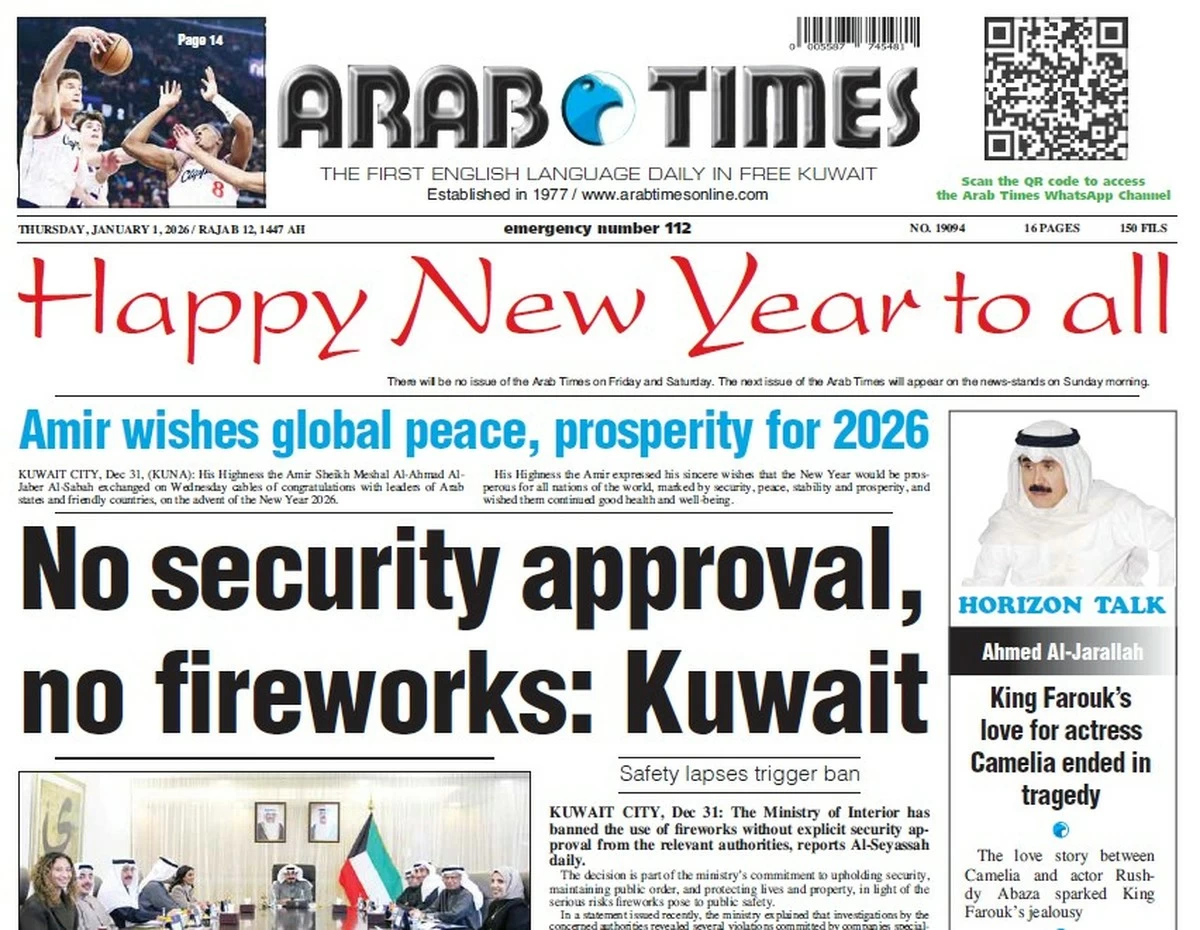17/01/2024
17/01/2024

KUWAIT CITY, Jan 16: During the first 11 months of this year, the demands of local banks on the Central Bank of Kuwait experienced growth of 0.4 percent, or approximately 26.5 million dinars.
As per Central Bank data for November, the demands saw a monthly increase of 3.6 percent, equivalent to around 250.5 million dinars, compared to the end of October when they stood at 6.922 billion dinars.
However, on an annual basis, there was a decrease of 6.5 percent, or about 504.3 million dinars, compared to November 2022, when the demands were at 7.677 billion dinars.
Local banks' demands on the Central Bank are categorized into three primary items: demand deposits, time deposits, and corresponding tawarruq, along with central bank bonds and corresponding tawarruq.
Demand deposits decreased by 3.3 percent, approximately 78 million dinars, from 2.38 billion dinars in December to 2.304 billion dinars in November. Nevertheless, there was a monthly increase of 24.3 percent, or about 450.5 million dinars, from 1.853 billion dinars at the end of October.
Term deposits and corresponding tawarruq experienced a notable 11-month increase of 12.3 percent, around 170 million dinars, rising from 1.38 billion dinars in December to 1.55 billion dinars in November.
On a monthly basis, there was a decrease of 11.4 percent, or approximately 200.2 million dinars, compared to the 1.75 billion dinars in October. However, on an annual basis, there was a substantial increase of 29.6 percent, or about 354.9 million dinars, from 1.195 billion dinars in November 2022.
Central bank bonds and corresponding tawarruq at local banks witnessed a decline of 1.9 percent, approximately 65.6 million dinars, from 3.38 billion dinars at the end of December to 3.318 billion dinars in November. On an annual basis, there was a decrease of 8.9 percent, or about 324.4 million dinars, compared to 3.64 billion dinars in November 2022.
The Central Bank utilizes bonds and instruments to regulate liquidity, withdrawing or injecting additional liquidity into the market. These tools are part of the monetary policy aimed at managing interest rates.
It is worth noting that bonds represent a debt instrument issued by governments for borrowing, obligating the state to repay their value to the buyer on the maturity date with interest. Securitization, on the other hand, is a process allowing institutions to convert owed funds or debts into tradable securities.
In 2022, the discount rate increased seven times, reflecting the Central Bank of Kuwait's efforts to enhance cash flows within the banking sector and the national economy. The rate adjustments also aimed to maintain the attractiveness of the Kuwaiti dinar as a remunerative and reliable savings vehicle, aligning with interest rate increases by the Federal Reserve. The discount rate rose incrementally from 1.50% to 3.50% on December 7, 2022, up from 3.00% previously.
By Ahmad Fathi
Al-Seyassah/Arab Times Staff


